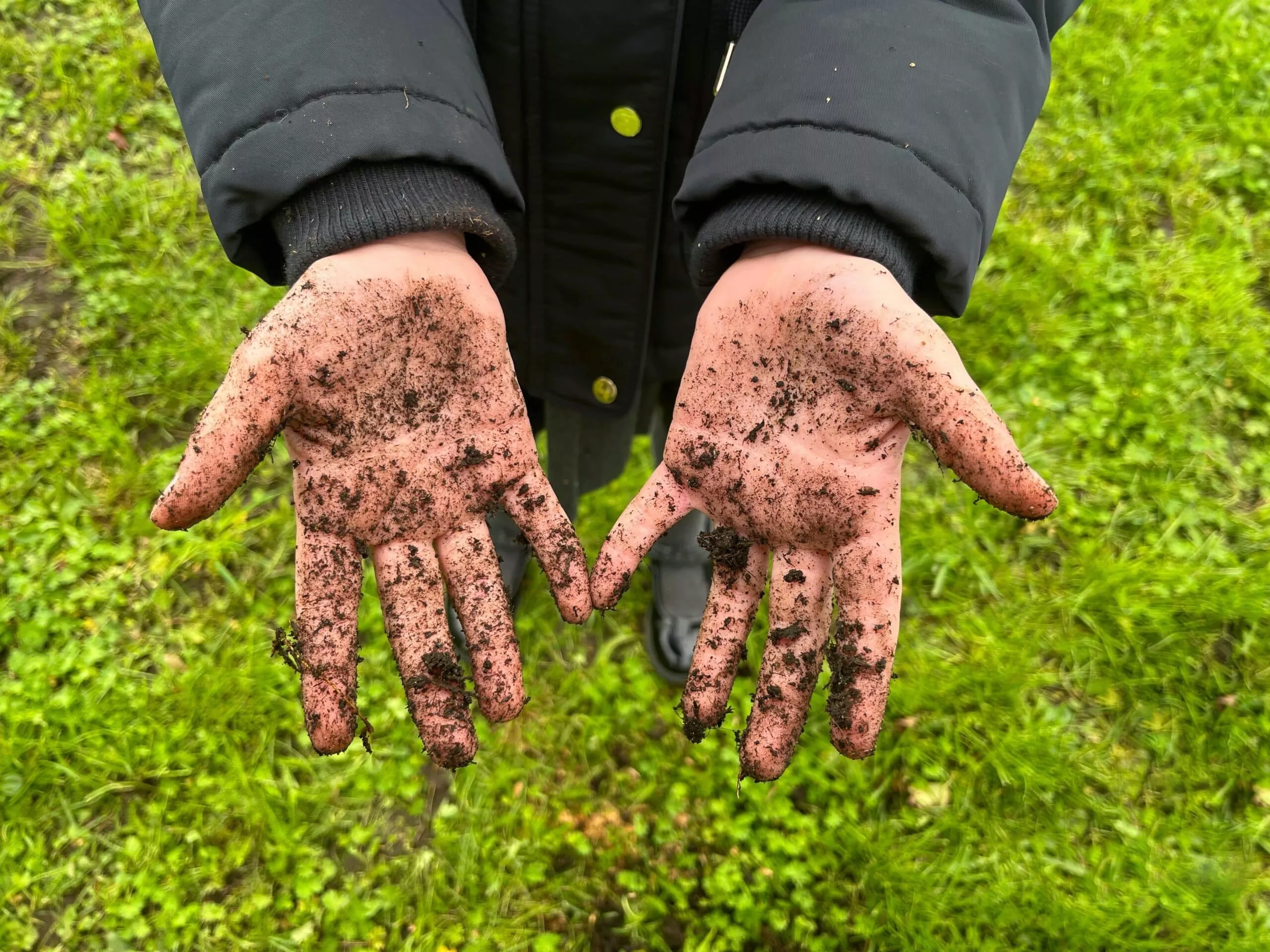Campaign shown to significantly increase participation in food waste recycling
3 May 2023A campaign delivered by the South London Waste Partnership (SLWP) and Veolia has been shown to increase participation in food waste recycling by around 10%.
Delivered in autumn last year (2022), the campaign targeted just over 12,000 households across 10 carefully selected collection rounds in the London boroughs of Croydon, Kingston, Merton and Sutton. Rounds were identified for inclusion in the campaign based on a combination of food waste recycling tonnages and participation monitoring (walking ahead of the crews on collection day and counting what proportion of households had presented a food waste bin).
These 12,000 properties were then visited again on their collection day. An eye-catching leaflet promoting the benefits of recycling food waste was delivered through the letterbox, along with a free roll of 12 biodegradable liners to line the food waste caddy. Information was provided on how to order replacement food waste caddies if they were missing or damaged. Finally a ‘No food waste’ sticker was placed on the lid of the rubbish bin.
The interventions were supported by a targeted digital advertising campaign promoting four key messages via a series of animated Gifs:
- ‘Get rid of food waste faster’ – highlighting the fact that food waste is collected every week rather than every fortnight, as is the case for general waste
- ‘Recycling your food waste is as easy as 1,2,3’ – tips on how to use the service in three easy steps
- ‘Recycling food waste saves money and is better for the environment’ – explaining the environmental and financial benefits of recycling food waste
- ‘Food waste is turned into green energy and fertiliser for farmers’ – providing residents with information on where food waste is taken and what it’s turned into
Further monitoring carried out after the campaign had been delivered showed that participation in food waste recycling had increased in target rounds by 10% (compared to a 2% increase in the ‘control round’, where the campaign had not been delivered).
Food waste that has been separated for recycling by residents across the SLWP region is taken to one of three specialist processing facilities (anaerobic digestion plants) where it is turned into a nutrient-rich liquid bio-fertiliser. UK farmers use this to help grow the fruit and vegetables that end up back on our plates.
What many people don’t know is that food waste is also used to power our homes: The gases produced during the digestion process (which takes about 75 days) are captured and used to drive a turbine which generates electricity. The electricity is fed into the National Grid. Recycling just one banana skin generates enough power to charge a mobile phone twice!
Andrea Keys, Partnership Director for the South London Waste Partnership said:
“The results of the participation monitoring show that this is a simple but effective campaign in encouraging households to give food waste recycling a go. A recent study showed that around one-third (by weight) of what’s in an average rubbish bin in the SLWP region is food waste. So it’s really important that we all do our best to not only reduce food waste, but also recycle any food waste we do produce. Given the success of the campaign over the last few years, we’re working with Veolia to deliver it to more households across the four boroughs in 2023.”
For more details on the campaign, visit Food waste recycling: easy as 1 2 3
Ends.
